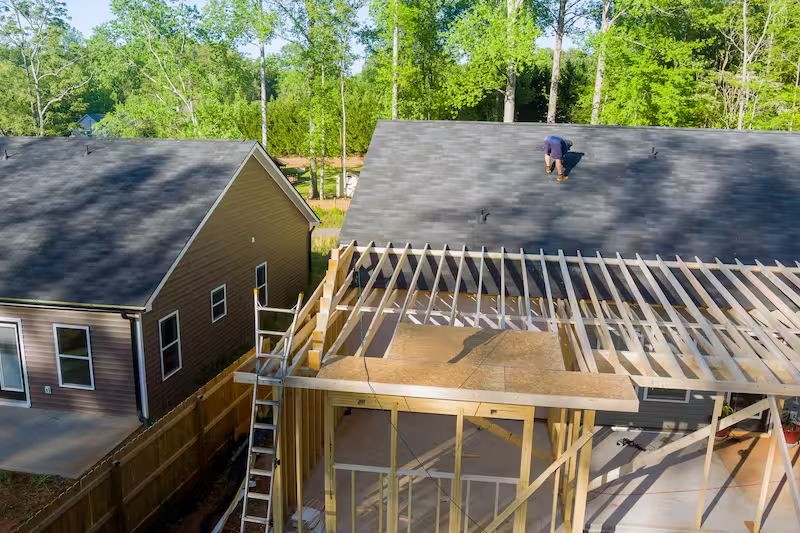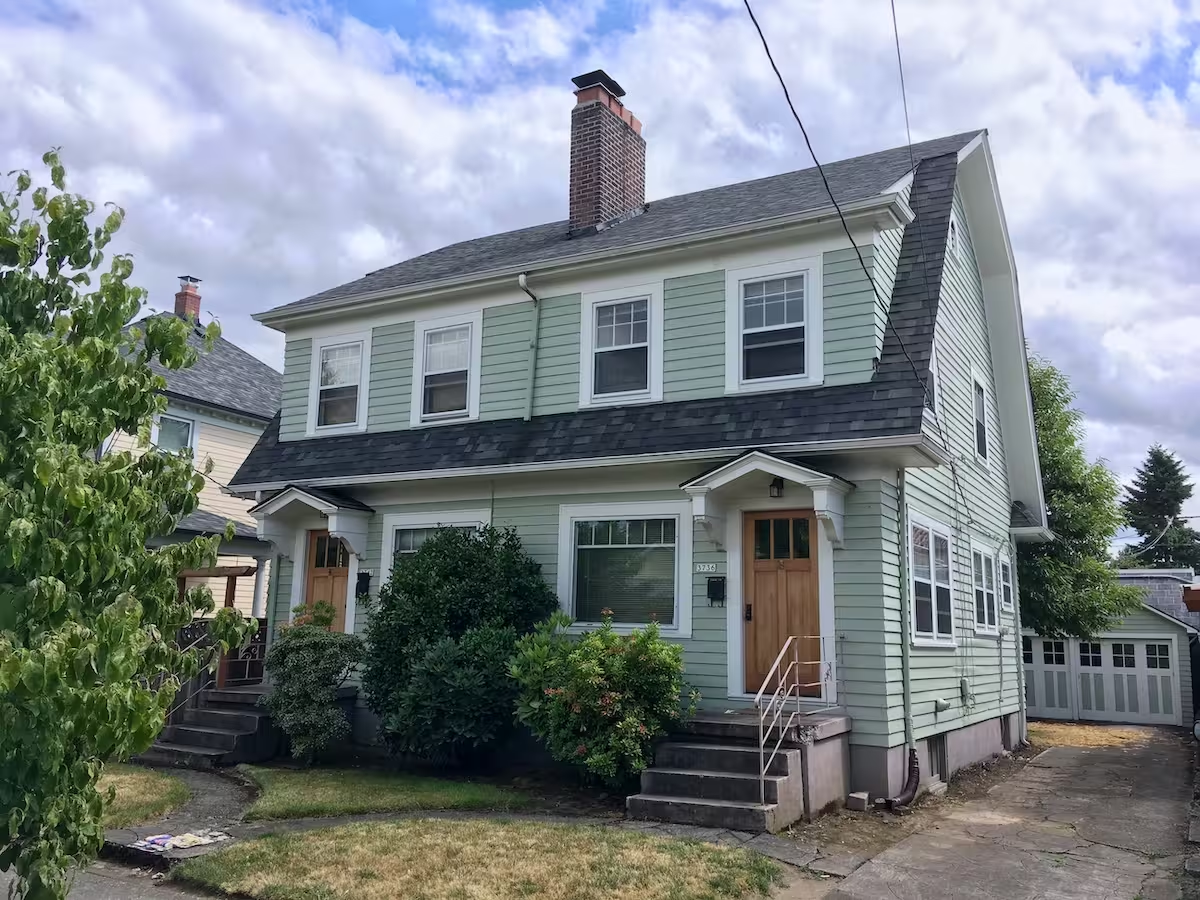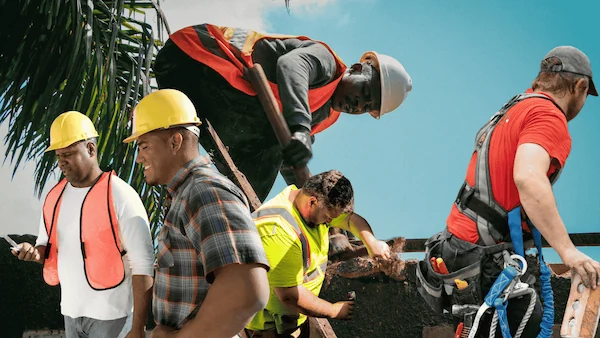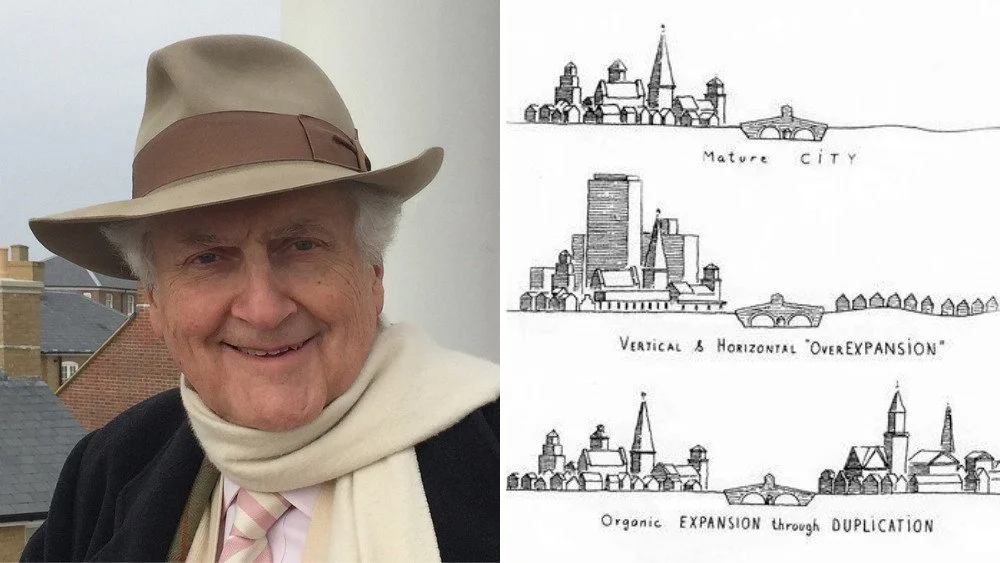Incremental Housing Everywhere
In a strong town, housing emerges rapidly in response to local needs.
But across the continent, our neighbors can’t find homes they can afford to live in, and local builders can’t help.

Core Insights
To address the housing crisis from the bottom-up, we must understand:

2 / 3
- Cities must address regulations that block bottom-up responses to housing needs.
Most cities have zoning codes and building regulations that stunt the local housing market. If you want to build anything other than a single-family home on a large lot, you’re probably going to need a variance, a rezoning, or a long, expensive approval process. That’s a huge barrier for small-scale developers, homeowners, and local builders who might otherwise be able to add housing in a way that fits the neighborhood.

3 / 3
- A healthy housing market is built by many hands — and it works.
A healthy housing market isn’t built by a few big players dropping in massive developments. It’s built by homeowners, local builders, and neighborhood developers—each making their own contributions. The incremental approach works because it’s fast, adaptable, and rooted in the community. It allows neighborhoods to mature naturally. It spreads out risk. And it creates opportunities for wealth-building at the local level. When you legalize and support this kind of development, you unlock the power of many hands working together to solve the housing crisis.
Latest Stories on Housing

This Indiana city is no longer defined by what it lost, but by what its residents are building today.

In its Housing-Ready City Toolkit, Strong Towns recommended a 24-hour turnaround for permits. That's not an exaggeration.

Good urbanism isn’t an academic abstraction but a lived experience we can see and feel in the world around us.
.webp)
Rather than join the ranks of abandoned malls, Indianapolis' Glendale Mall demonstrates the promise of suburban retrofitting and the power of small, steady development over time.

Learn the next steps local leaders can make to help their cities become housing ready.
Learn the six policies that will make your town housing ready.
Stay updated on incremental housing.
Sign up to receive our email newsletter and get the latest news, ideas and insights about incremental housing sent straight to your inbox.
